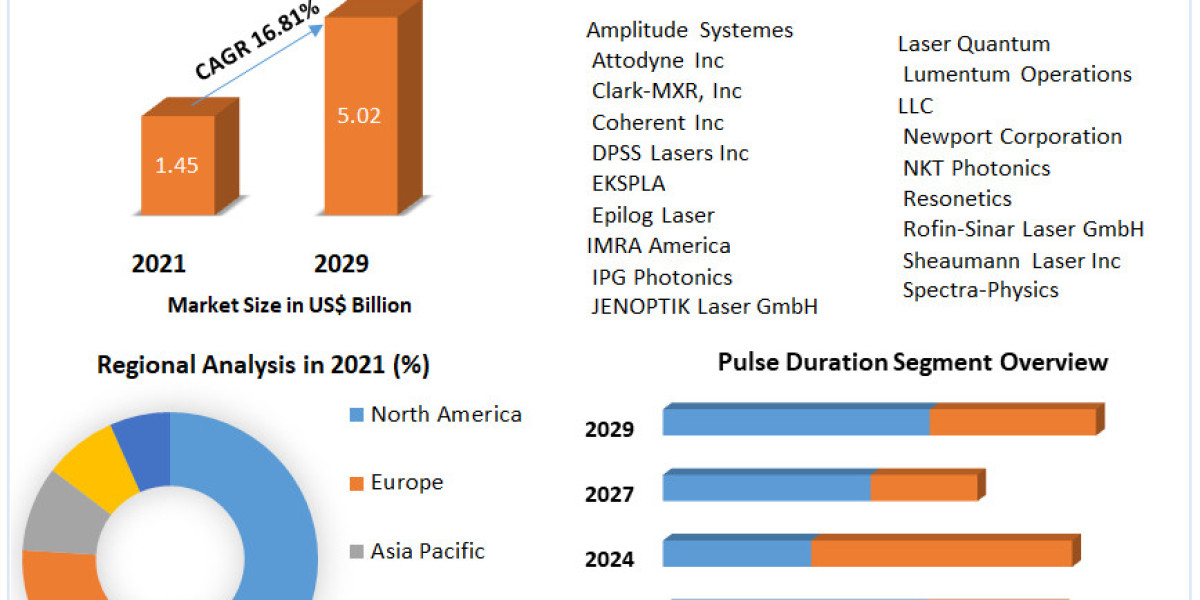If you run a business, you know how important it is to keep track of all your expenses. A single item is missed, and you are going to pay for that out of your own pocket. But this is not the whole story. This will eventually lead to serious revenue leakage, which can be fatal for your business in the long run.
One of the most effective methods of mitigating this risk is to maintain all your costs. And you can only do that if you maintain an accurate job cost sheet.
Create and Manage Your Job Cost Sheets with Field Promax to Prevent revenue Leakage. Sign Up Now.
If this is your first time running or managing a business, you might not be aware of such technicalities. That’s okay; we are here to help you. In this blog, you will find everything you need to know about them. So, before you proceed to take your next job order, take a moment and learn what is a job cost sheet, what its purpose is, how it is calculated, and above all, why this is important to maintain flawless job sheets for your business.
1. Job Cost Sheet: Definition Explanation

A job cost sheet is a list of the actual costs of a task. It is a document that lists all of the costs associated with a specific job. It is a method for a business to divide costs. By dividing the costs, a corporation may better comprehend how much they spent on each unit of product produced or service rendered.
The accounting department prepares a report for the management team to determine whether work was correctly bid. The sheet may be generated concurrently with the job, but it is frequently completed afterwards.
To explain further, suppose you are a plumbing company. You receive a work order to fix a broken faucet at one of your customers’ properties. Now, the straightforward approach to this is that you receive this work order, assign a technician to the job, they go visit the job site and get the job done, and finally, you charge your customer for the order.
But anyone who has been running a plumbing business for some time knows that there are more elements that go into the process. To get paid for your service, you need to take on some additional tasks. Namely, you need to provide your customers with an estimate for the job and pay for the labor and parts to be used in the job. You are only going to make some profit if you calculate these properly.
Imagine that you forgot to add the cost of an important piece of equipment when preparing the estimate. Even worse, the field technician realizes that the job requires additional material that was not included in the initial quote. If you forget to keep track of such trivial details, you are not able to add their costs to the final invoice. As a result, you cannot charge your customer for the same and end up paying for it out of your own pocket. This takes us back to the discussion we had at the very beginning of this blog, and that will explain the perils of such mistakes.
The easiest and most effective way to prevent this is to keep a detailed job cost sheet for every work order you take on. This is nothing but a simple document, usually created on a spreadsheet, that includes the costs of every item used in the particular job and, therefore, the total cost of the job order. You add your profit margin to this, and there you have your revenue without losing a penny!
2. Components of Job Cost Sheets

Now that you know what a job cost sheet is, let’s move on to the next important part—the components of job cost sheets.
As we have already mentioned, each job order in a job order costing system has its own job cost sheet. It displays information about the entire cost of a specific job. And that cost usually breaks down in terms of direct labor, direct materials, and manufacturing or service overhead.
Typically, a job cost sheet includes the following information:
- Job number ( a serial number or ID assigned to every job order)
- Date of the job started
- Date of completion
- Job description (the complete description of the service to be rendered)
- Line items
- Total cost of raw materials (with procurement datem requisition number, rate, and quantity)
- Total cost of direct labor (with technician time card number, total billable labor hours, and hourly rate)
- Total applied manufacturing overhead ( with quantity, activity base, and application rate)
- Operating costs
- Overhead costs
- Cost summary ( total cost of labor, materials, manufacturing overhead, operating costs, and overhead costs for a particularb job with cost per unit)
3. How to Calculate A Job Cost Sheet

Job cost sheets are calculated using the following steps:
Step 1: Put together all the materials costs needed to finish the job
Step 2: Determine the cost of direct labor
Step 3: Determine the operating and overhead costs.
Step 4: Add up all the expenses incurred in steps 1 through 3
If you are working on a job order that requires multiple projects, you can calculate the total cost individually or divide the total cost by the number of projects to determine the total cost.
Automate Job Costing with Field Promax. Book Your Free Demo to Learn More.
4. Job Cost Sheet Format

A job cost sheet is a document that lists the expenses incurred to execute a project. These costs can be accounted for both during and after the project. The accounting division frequently creates this report to check that spending stayed within predetermined limitations.
A job cost sheet can be complex to prepare because it may incorporate variable labor rates for a large number of employees, labor allocation for overtime pay, payroll taxes, and benefits given to those employees, plus possibly hundreds of other components, all of which should include shipping and handling costs.
Depending on how it is formatted, the project cost sheet may also provide subtotals of the expenses for allocated overhead, direct materials, and direct labor. The sheet also calculates the job’s eventual profit or loss by subtracting all accumulated costs from the sum of all customer billings.
A job cost sheet is also a useful tool for businesses that make job bids. Some firms are required to submit a bid, or cost estimate, to a hiring company outlining how much they can charge to execute a project. Job cost records help them determine the estimate for the bid
5. Benefits of Job Cost Sheets

There are numerous advantages to using a job cost sheet. Here are a few of the most important ones:
- They show the total cost of production as well as the cost per unit.
- They can assist producers in controlling production costs.
- They act as a guide to assist producers in developing a clear and successful production policy.
- They help management make product pricing decisions.
- They let management compare various cost components to previous results and benchmark costs.
- They provide managers with the benefit of being able to track individual and team performance in terms of cost control, efficiency, and productivity.
6. Go Digital with Job Costing

A job order costing system is already a complicated undertaking, and what you actually need is to reduce human participation and the likelihood of costly errors. Digitalization is the only option to manage the complete job cost sheet process. The only way to simplify this procedure is to centralize it on a strong field service management platform.
By shifting your field service operations to Field Promax, you can be confident that your job cost sheet procedure will be safely saved on the cloud, accessible at the press of a button, and contain all of the information you want.
Total cost, anticipated completion date, manufacturing overhead, finished goods, labor hours, or even a task description can be extracted automatically without the need for calculators, pieces of paper, or endless hours of calculation.
Field Promax features can turn your job cost sheet system into one of the strongest sources of valuable information for your business in the following ways:
i) Track Changes in Real-time
Tasks and projects are living entities that evolve over time. Customer requirements vary, fresh feedback is received, stocks run out, raw material costs fluctuate, and the cost sheet must be updated accordingly. Can you imagine keeping track of all of this manually while also attempting to complete the actual job?
Field Promax allows you to make changes with a few clicks, automatically adjust expenses, and eliminate the need for manual adjustments.
ii) Convenient Categorization
When creating a new job assignment on Field Promax, you can add your own fields and labels. As a result, you can easily customize the job to reflect real-world names and values. Every project is unique, and you and your team must be on the same page. Customization of cast categories inside the system provides complete clarity and transparency, leaving no opportunity for error.
iii) Reports and Business Metrics throughout the Process
Conventional job cost sheets might have extensive columns packed with pricing, units, and descriptions. As previously stated, the purpose of a task sheet is not simply to compute the total cost of a finished job. A job cost sheet can serve as a guide and a plan that will help you do jobs with accuracy and precision. That means you must have constant access to results.
Thankfully, Field Promax allows you to run reports as frequently as you like. What was formerly a cost-tracking process can now be transformed into a wealth of information that can guide your project’s execution.
iv) Time-Tracking in Real-Time
Getting your field professionals to report their labor hours correctly is a vital aspect of maintaining your revenue. Knowing the precise time spent on a single job is the only way to maximize resource use, project when the job will be done, forecast how many hours will be required for similar jobs in the future, and, finally, save expenses.
Technicians using the Field Promax mobile app can complete time tickets in real-time, resulting in a live activity base in the system that can be quite useful to the management team. Besides, Field Promax offers a comprehensive dashboard that gives you access to job details, material costs, and labor hours in one spot for maximum convenience.
v) Fair Pricing and Accurate Estimates for Enhanced Customer Satisfaction
How would you know what to charge your clients if you didn’t know how much it costs to execute a project?
Overpricing can drive away clients, while underpricing can eat into your profit margins. Both conditions are components of a failing business. Frontu can help you create honest and long-term relationships with your clients by automating your task cost sheet processes.
Tracking anticipated costs, amended estimates, and post-project costs on particular works will assist you in charging consumers a fair and transparent price.
Final Thoughts

A job cost sheet is no longer what it once was. It’s an idea that has evolved over the past few years, with digitization being the most important factor in that progress. Field service management solutions are altering the overall operational paradigm. Direct labor, direct materials, job numbers, commodities sold, raw materials, manufacturing overheads, and everything else that may be found on a job cost sheet or a subsidiary ledger are now centralized on a single platform. Furthermore, the power of digital technology has drastically reduced the chances of human error and mismanagement.



